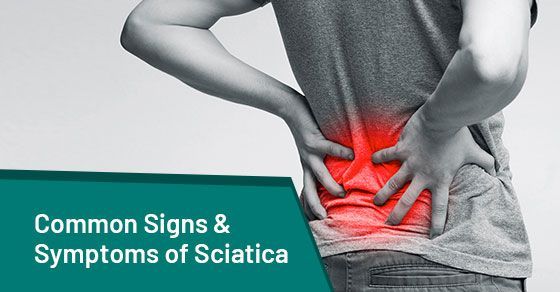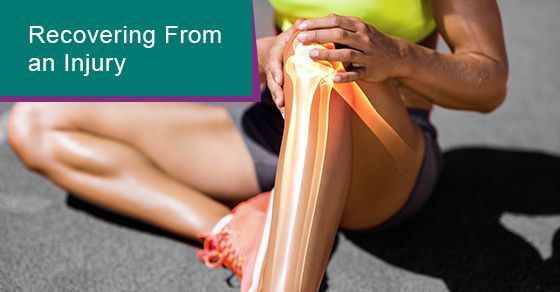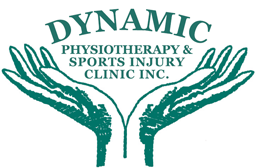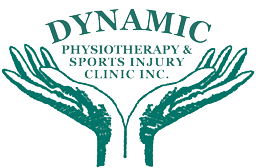By The Website Store
•
10 Jul, 2023
Have you ever had an injury that just didn’t heal quickly or smoothly? All of us at some point have had an injury whether by a fall, during an activity or via an accident. Unfortunately some injuries just don’t heal like we would like and even not in a progressive and uniform way. Some complex injuries may take extended time to heal and may heal in a fixed way. The road to recovery is not always smooth and at times doing everything correctly doesn’t necessarily provide the results we expected or looked forward to and understand that at times this can be totally normal. Our bodies are extremely complex and results may not be predictable. Even when we are healthy we have our good days and bad days. One day we can feel great the next day when it is raining and looks terrible outside we may not feel that great either. There are many factors that can contribute to healing that can affect our journey such as: Stress can affect the recovery process especially if one is under stress over a prolonged period of time. Stress can reduce the body’s ability to fight off toxins and its ability to control inflammation which can make recovery more challenging.Lack of sleep can also adversely recovery after an injury. When we fall into the deep stages of sleep muscles the brain signals the release large amounts of growth hormones and testosterone and are responsible for building new proteins to replace damaged ones in muscles, bones, tendons and ligaments. These hormones are at their highest during sleep. Even one night of poor sleep can slow the repair process by as much as 20%. Consistent sleep helps the body to heal more quickly and also helps reduce stress.As we become older our bodies take longer to heal. It is a gradual process but when your young(er) your injuries tend to heal much faster and as we age that process of healing slows down.Having a previous injury may also slow down the recovery process especially if the current injury is the same as previously. Chronic injury sufferers also take significantly longer to heal than those that are considered acute.Medications, activity level as well as work schedule can affect your recovery following an injury. While our bodies are very resilient they also need time to adapt to changes. And while a recovery may not be linear and in many cases is not, we must remain patient and not focus on the day to day. Recoveries tend to not be linear and may have its ups and downs, as long as the recovery is moving in a positive direction is the most important. Look for the positives in your recovery such as: Intensity of the symptoms. A natural progression of the recovery process is the intensity of symptoms such as pain and inflammation decrease.Another positive trend is to look for is the frequency of the symptoms. A positive recovery process is to see the frequency of symptoms go down.Look for the ability to do more without symptoms holding you back.Feeling better and more confident in movements and seeing an overall improvement in both mood and energy. One thing that may get overlooked in the recovery process Is when the pain and/or inflammation goes away. Does that mean the recovery is over and we get back to daily living? In some cases depending on the extent of the injury more therapy may be needed. Your strength may need to be increased, your endurance may need to be improved and the range of motion of the injured joint may need increase as well. At times when the recovery is progressing well and the pain and inflammation stop, exercises that have been prescribed have helped and exercise in itself has a pain reducing effect. If the exercises continue for a period of time then all is OK but when one feels better a lot of us stop doing those exercises and if done prematurely may have the pain return. Tips to help you recover from an injury The final thing to consider is that perhaps your injury was quite substantial and surgery may have been required. These can make the recovery process not only longer but may have more ups and downs. The good thing is that the majority of injuries are less severe and that therapy such as Physiotherapy, Massage Therapy, Chiropractic or Acupuncture can certainly help recover following an injury. The majority of the injuries we see tend to be mild to mid-level strains and sprains, muscle spasms or injuries that occurred during an activity such as sports where we could have twisted an ankle or hurt your hand. Most injuries or muscles, ligaments, and tendons as well as bones usually progress well and may not require a lot of therapy. Obviously the more severe the injury is the longer the treatment protocol may take. If you get injured seek out help to speed up the healing and recovery process. Some injuries may only take a few treatments to get you back to your pre-injury level and our facility can usually bill most extended health plans directly. You don’t need a referral to see a Physiotherapist, Massage Therapist or Acupuncturist however your extended health insurance (if applicable) may require one. For more information on the recovery process or to book an appointment please call 289-201-2435 or schedule an appointment online.




